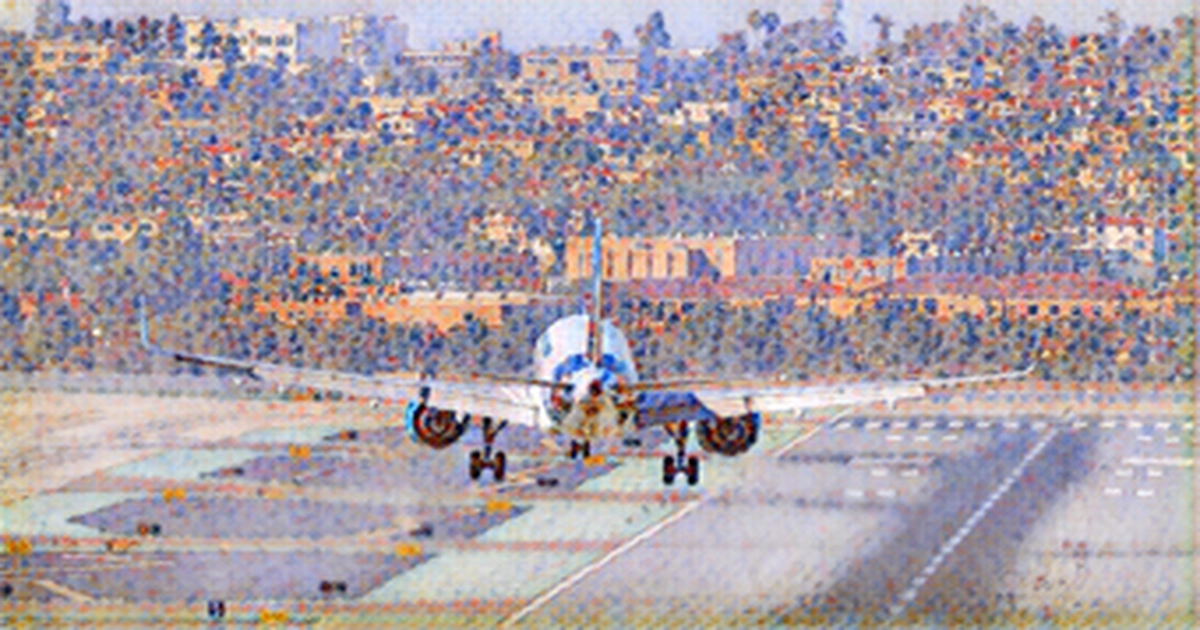
The US Federal Aviation Administration FAA said Friday that operators of Boeing 787 s must take additional precautions when landing on wet or snowy runways at airports where new wireless services are deployed from next week.
The FAA said 5 G interference could prevent engine and brake systems from transitioning to landing mode, which could prevent an aircraft from stopping on the runway.
The directive requires crews to be aware of the risk and to adopt specific safety procedures when landing on these runways. It affects 137 US aircraft and 1,010 planes worldwide.
AT&T and Verizon, which won nearly all of the C-Band spectrum in a US $80 billion auction last year, agreed on January 3 to buffer zones around 50 airports to reduce interference risks. They agreed to delay deployment for two weeks.
The FAA prohibits sending or releasing 787s to affected airports when certain braking and anti-skid functions on the aircraft are inoperable. It is expected to detail alternative compliance for some specific aircraft types and some airports before Wednesday, according to the FAA.
Nearly 1,500 notices were issued by the FAA on Thursday, detailing the impact of 5 G services.
The FAA disclosed that 50 US airports with 5 G buffer zones will not be able to perform low-visibility landings where 5 G is deployed on January 7, including in New York City, Los Angeles, Chicago, Las Vegas, Los Vegas, Minneapolis, Detroit, Dallas, Philadelphia, Seattle and Miami.
On Thursday, Airports Council International North America urged a delay of 5 G implementation in order to avoid widespread disruption of the US air transportation system.
More than 100 airports and heliports within 46 of the largest metropolitan areas of the country will have their low visibility approach procedures closed due to potential radio frequency, the airport trade group said.
